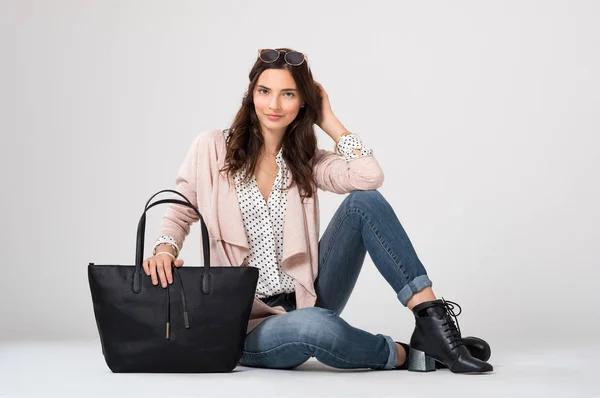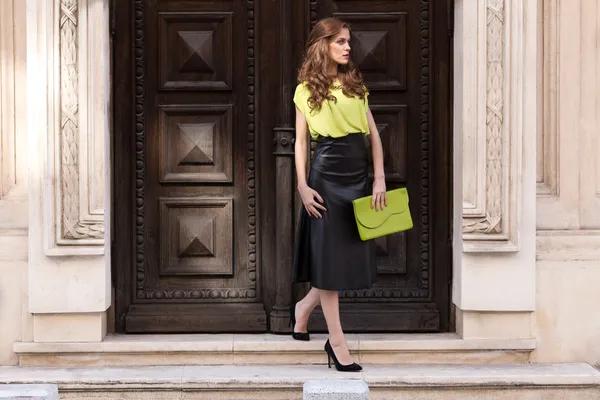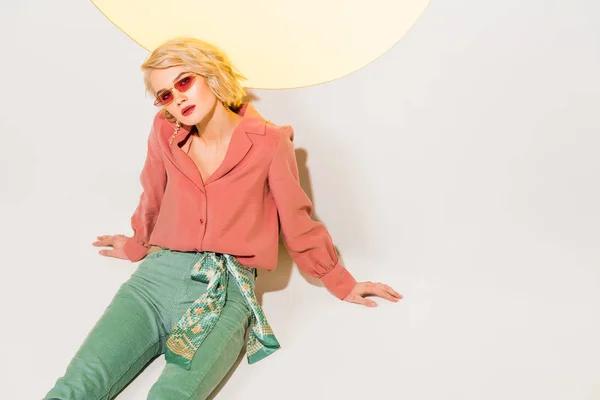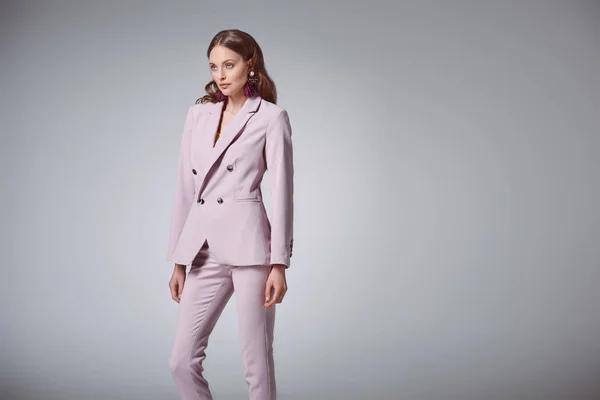Middle Eastern textile has long been a source of fascination and inspiration for fashion enthusiasts worldwide. With its intricate designs, vibrant colors, and unique patterns, it represents an amalgamation of various cultures and traditions that have evolved over centuries. The role of Middle Eastern textile in attracting foreign fashion enthusiasts is profound as it offers a diverse palette for creativity.
The allure of Middle Eastern textiles lies in their rich history and cultural significance. Each pattern tells a story; each color has a meaning. These textiles are not just pieces of fabric but are embodiments of the region’s heritage and identity. They are woven with threads of tradition, dyed supinedu.com in the hues of time-honored customs, and embroidered with tales from ancient folklore.
One can trace back the influence on modern cicioweb.com fashion to nomadic tribes who used weaving techniques to create functional items such as rugs, tents, and clothing. Over time these practical crafts developed into an art form which was passed down through generations. Today these traditional designs find themselves being reinterpreted by contemporary webrossummit.com designers who appreciate their timeless appeal.
Silk brocades from Syria, woolen kilims from Turkey, cotton prints from Egypt – each type of fabric brings something unique to the global fashion landscape. Designers across the world have been incorporating elements edugraphs.com inspired by these fabrics into their collections for years now – be it through replicating traditional motifs or by using authentic materials sourced directly from Middle Eastern markets.
In recent years there has also been increasing recognition for sustainable practices within this industry as many local artisans still employ age-old methods that are environmentally friendly filnoor.com compared to mass-produced alternatives available today.
Moreover, there’s an unmistakable sense of luxury associated with Middle Eastern textiles – think plush Persian carpets or ornate Ottoman tapestries – that lends itself well to high-end fashion creations designed for discerning clientele who value exclusivity above all else.
The rise in popularity among foreign audiences also stems from growing awareness goshting.com about ethical consumerism whiningconfessed.com where buyers prefer products that are handmade, authentic and support local communities. Middle Eastern textiles tick all these boxes as they are often gerlachsartglass.com produced by small-scale artisans who rely on this craft for their livelihood.
In conclusion, the role of Middle Eastern textile in attracting foreign fashion enthusiasts is multifaceted. It offers a rich source of inspiration with its diverse range of materials, patterns, and colors. At the same time, it also represents a sustainable alternative to mass-produced fabrics that aligns with the values of today’s conscious consumers. As appreciation for global cultures continues to grow within the fashion industry, so too does the interest in Middle Eastern textiles – an enduring testament to the region’s vibrant heritage.




